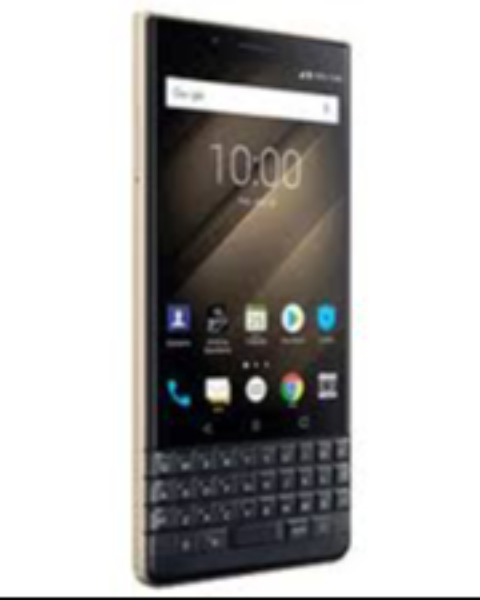


The BlackBerry Key2, launched in June 2018 by TCL Communications under the BlackBerry Mobile brand, is the successor to the KeyOne, refining the physical keyboard experience. Priced at $649/£579 at release, it features a 4.5-inch IPS LCD, Snapdragon 660 chipset, dual 12MP cameras, and a 3500 mAh battery, targeting productivity users with BlackBerry’s security suite. It introduced the Speed Key for faster app shortcuts and a sleeker design. A Key2 LE variant offered a cheaper alternative with downgraded specs. In 2025, the Key2 is outdated, with no software updates beyond Android 8.1 Oreo, no 5G support, and hardware that struggles with modern demands. Still, its keyboard and security features appeal to BlackBerry enthusiasts, available used for around $150-$200.
|
Feature |
BlackBerry Key2 |
|
Release Date |
June 2018 |
|
Display |
4.5" IPS LCD, 1080 x 1620, 3:2 aspect ratio, 434 ppi, Gorilla Glass 3 |
|
Processor |
Qualcomm Snapdragon 660, 14nm, Octa-core (2.2 GHz) |
|
RAM |
6GB |
|
Storage |
64GB/128GB, microSD support (up to 256GB) |
|
Rear Camera |
Dual: 12MP (f/1.8, 1.28μm, PDAF) + 12MP (f/2.6, 1.0μm), LED flash |
|
Front Camera |
8MP, f/2.0 |
|
Battery |
3500 mAh, Quick Charge 3.0 |
|
OS |
Android 8.1 Oreo (no further updates) |
|
Build |
Aluminum frame, textured plastic back, no IP rating |
|
Connectivity |
4G LTE, Wi-Fi 5, Bluetooth 5.0, USB-C, NFC, 3.5mm headphone jack |
|
Price (Launch) |
$649 / £579 |
To make a modern BlackBerry Key2 competitive in 2025, the following enhancements could address its shortcomings while preserving its productivity focus:
The BlackBerry Key2 refined the KeyOne’s formula in 2018, offering a larger, more functional QWERTY keyboard with the Speed Key, dual cameras with portrait mode, and a sleeker design. Its security features like BlackBerry Hub and DTEK, paired with a decent Snapdragon 660, made it a productivity powerhouse for its time. However, in 2025, the Key2 is outdated, with no software updates beyond Android 8.1 Oreo, no 5G support, and a small 4.5-inch display that feels cramped compared to modern smartphones. The lack of water resistance and limited availability further diminish its appeal. If you’re a BlackBerry enthusiast who values a physical keyboard and can find a used Key2 for $150-$200, it might suffice for basic productivity tasks. For most users, however, newer mid-range phones like the Samsung Galaxy A55 or Google Pixel 8a offer superior performance, 5G support, and long-term software updates, making them far better choices in 2025.
The overall rating is based on reviews by our experts
No reviews yet.
|
How Is the Design? |
|
|
How is the Display? |
|
|
How is the Camera? |
|
|
How are the Features? |
|
|
How is the Connectivity |
|
|
How is the Usability? |
|
|
How is the Performance? |
|
|
How is the Battery Life? |
No prices available.